How to survive when a gunman attacks

Floyd County employees launch tennis balls at a mock gunman Thursday during live action active shooter training at the courthouse. Throwing things was meant to disorient the gunman enough for people to escape or, in the worst-case scenario, attack.

Floyd County trains employees to react to active shooters
By Chris Baldus
cbaldus@charlescitypress.com
It was a worst-case scenario. It had to be. This was a lesson in survival.
More than a dozen county employees were trapped inside the Floyd County Veterans Affairs Office and a madman with a gun was coming. Their trainer told them, this time, swarm their assailant.
Floyd County Attorney Rachel Ginbey was crouched just to the left side of the door. She was going to grab a leg. Behind her, a member of the sheriff’s office staff had a tennis ball, ready to plunk him, as did others throughout the room. She was also prepared to rush him.
A jailer ducked down behind a metal chair on the other side of the door. She demonstrated how she would thrust the chair at the gunman if it wasn’t just a drill, and the gunman wasn’t a deputy with an orange plastic gun. “You don’t want to hurt him,” someone said behind her.
The room echoed with laughter.
Minutes later, the mock gunman burst in. Someone shut off some lights. Tennis balls went flying. Within seconds the gunman was down and people were piling on.
“Red! Red! Red!” trainer Rick Busch yelled above the clamor as he rushed in.
Red was the safety word. Everyone was supposed to freeze like a statue. The gunman was in a fetal position on the ground.
The Floyd County Courthouse was closed Thursday afternoon as security consultants led county employees through live action sessions in active shooter training. The employees had already sat through classroom sessions learning about the threat shooters present and how to respond, which, by the way, is not to think attack first. You need to get out. The first two scenarios of the afternoon had the employees escaping or hiding.
The Board of Supervisors hired Rick Busch and Tim Felton of Eagle Ridge Tactical Consulting to lead the training. Busch and Felton provided the same training at the Mitchell County Courthouse.
The supervisors decided to have this training after a shooting incident at the Jackson County Courthouse. A 71-year-old man angry about his property taxes pulled a gun from a briefcase during a public meeting and pointed it at the county assessor, law enforcement officials said. The man died after he shot himself in a struggle with a county official. There were other incidents at other courthouse before Jackson County. Iowa Supreme Court Chief Justice Mark Cady made a point or calling for improved security at courthouses in his 2015 state of the judiciary address.
The Floyd County Board’s focus on courthouse safety most recently has included its 3-0 vote earlier this month to award a $91,202.02 contract to upgrade the courthouse’s camera surveillance system to Central Lock.
After Thursday’s training, Floyd County Board Chairman Mark Kuhn agreed that it was somewhat shocking. “Yeah, especially the video, the recreation of Columbine and the other murder scenes,” he said.
The training also had him thinking more about prevention.
“Are we doing enough to prevent firearms from entering the courthouse?” he asked. “We talked a lot about techniques dealing with active shooters. We’re going to spend a great deal of money regarding our security cameras, but I think we need to re-examine what’s being done to prevent people with firearms or knives from entering the courthouse.”
Floyd County Supervisor Doug Kamm, who was in with the group in the Veterans Affairs Office said: “It was an eye-opening experience to teach you how to think different.”
In one of the scenarios, he found himself in a bad situation.
“So I’m in the back of the room,” he said. “For me to go to that (front) door, there are (a bunch of) people in front of that door. And there is no way. So, I run back to that corner (office) and I’m the first one shot coming around through that other door. There is no perfect situation.”
Two schools of thought that Busch and Felton have training in regarding what civilians should do in active shooter situations are called Run, Hide, Fight — something that Charles City Police Chief Hugh Anderson has been teaching to the public — and ALICE (alert, lockdown, inform, counter, evacuate).
In the afternoon of training, they stressed not letting yourself become an easy target, move, get out of the situation. They had the employees practice hustling out and hiding before they had them practice throwing things to distract a shooter so they could get out or they could swarm him.
They also made certain people knew the real sounds of a handgun and a shotgun, as well as the smell of gunsmoke. It’s best to go the opposite way of those, they said.
They demonstrated grabbing a semi-automatic handgun so it can’t fire, grabbing a rifle and falling with it so it’s useless to a gunman and other things you can do in a struggle.
“This is last ditch, these are do or die things,” Busch said.
They also shared laughs.
On slides during the classroom session the trainers showed barricades. During the drills, Busch walked into the Veterans Affairs Office to get the employees ready and he was stopped by a pile of chairs at the door.
“We showed it in the slides and they picked up on that. That’s significant,” Busch said.
“This group is really switched on, “ he said. “They want to learn, you can tell.”
Levity helped the training.
“We found that if we don’t do that the stress level goes through the roof and they become so rigid, so jacked up .. I’ve actually seen injuries once they start moving,” Busch said. “We try to put some levity in there, just to reduce the stress.”
He added: “I’ve done it when there is no levity it’s like a morgue.”
And the training was about survival.


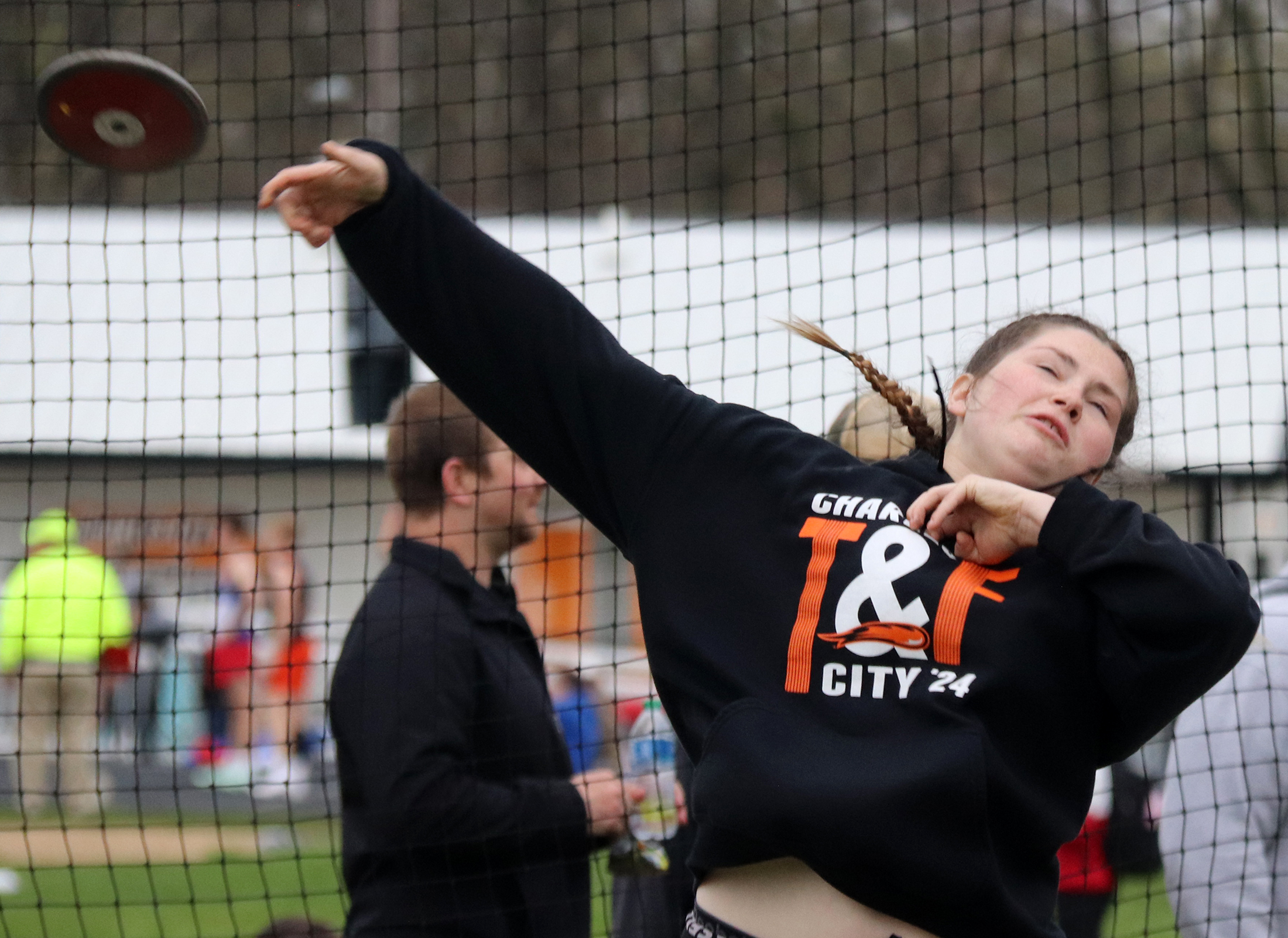
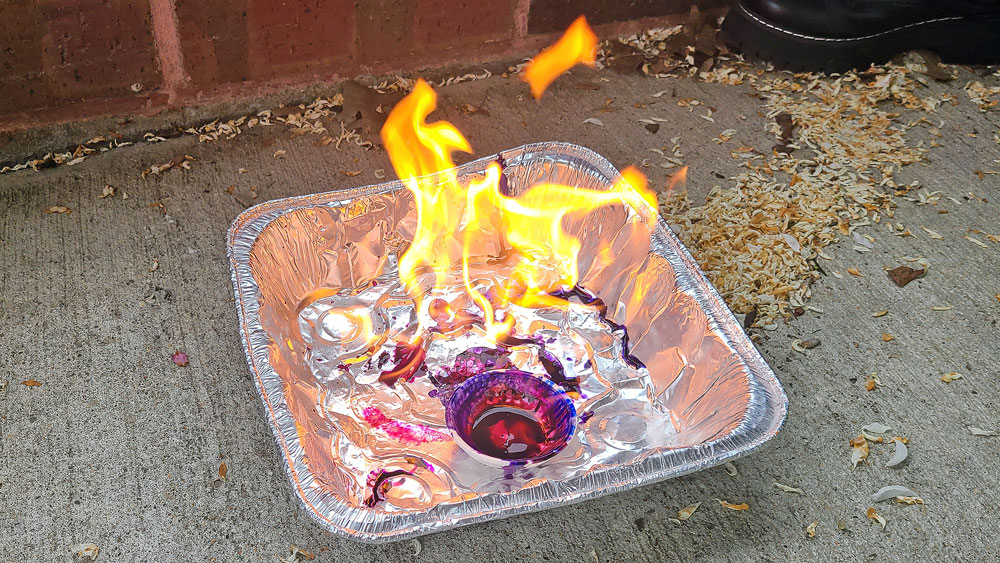
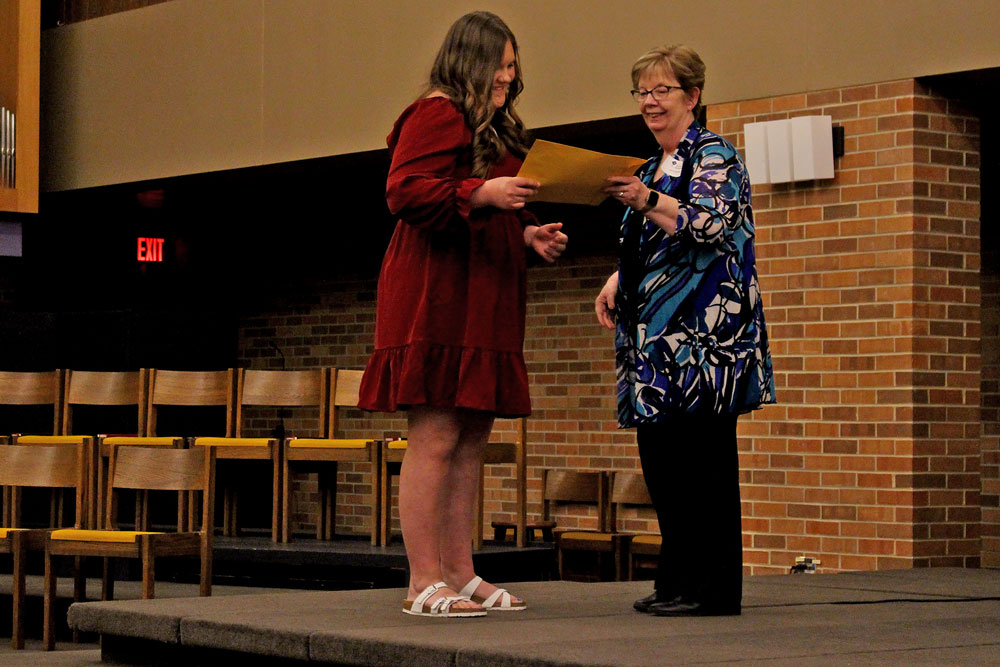
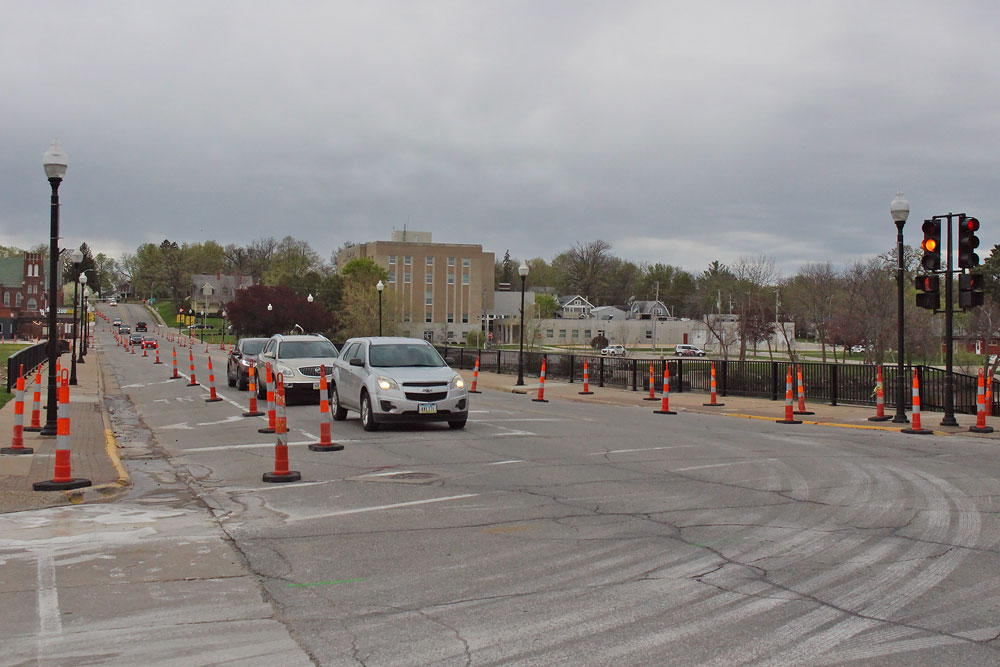
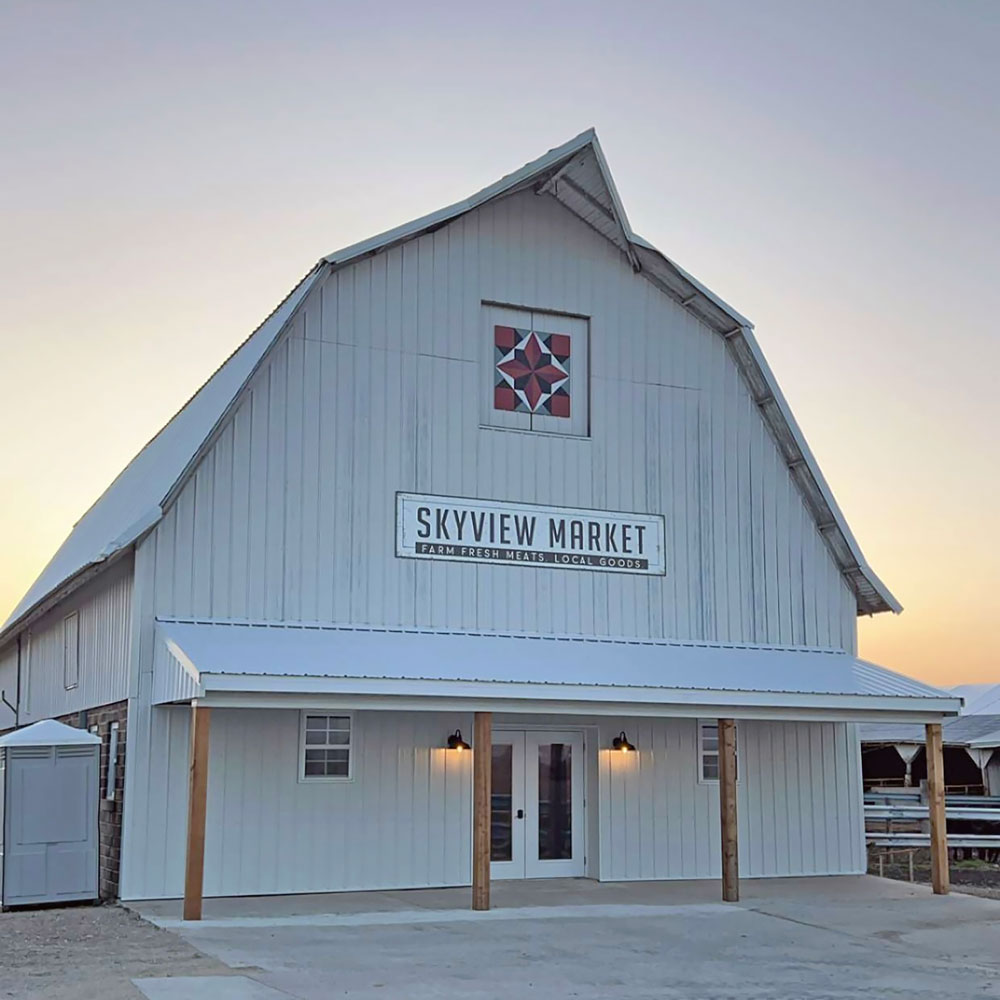


Social Share